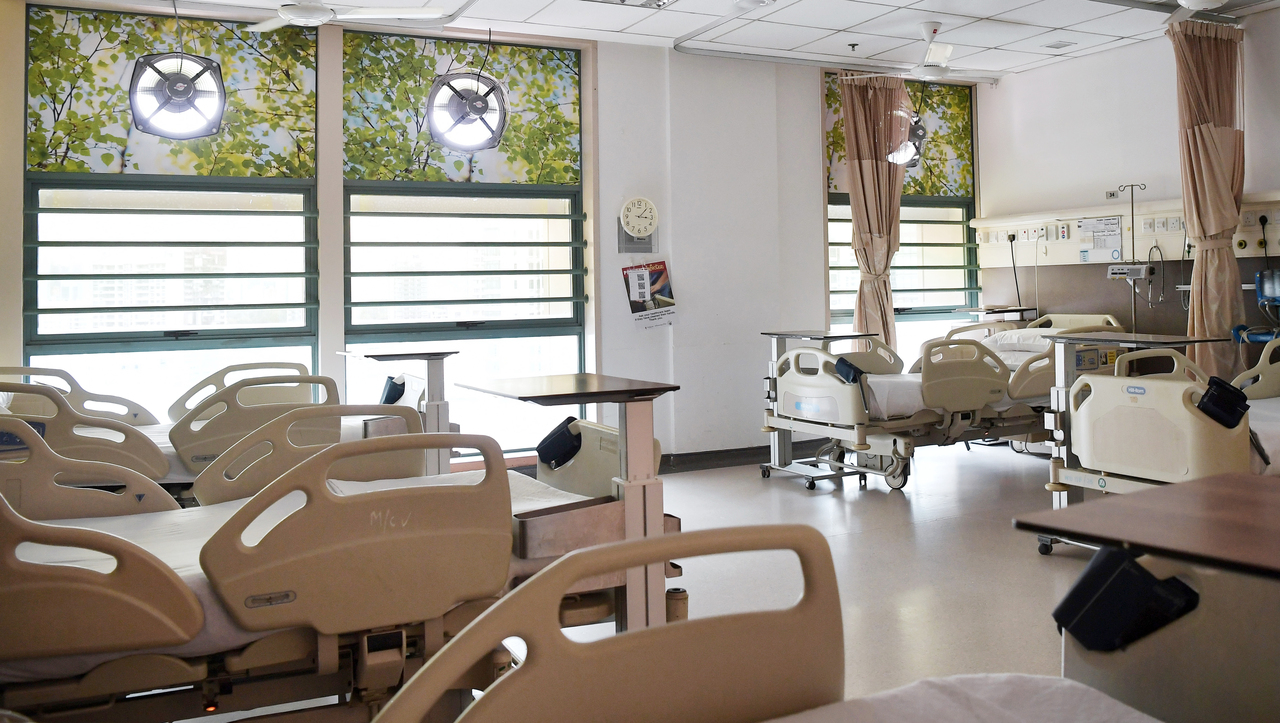Budget debate: Healthcare subsidies to be revamped so those who need them will get more
Sign up now: Get ST's newsletters delivered to your inbox

Acute hospitals will switch to using per capita household income - the means testing format now used by other public healthcare services.
ST PHOTO: KUA CHEE SIONG
Follow topic:
SINGAPORE - To ensure that people who need financial help with their medical bills get a larger share of government subsidies, the current schemes will be revamped by mid-2022.
Acute hospitals, which now base subsidies on an individual's income, will switch to using per capita household income (PCHI) instead - the means testing format now used by other public healthcare services.
Explaining the move during the debate on his ministry's expenditure, Senior Minister of State for Health Koh Poh Koon said PCHI "also considers the amount of household support available, and the number of household members that the individual supports".
There will also be just one subsidy range for the two subsidised ward classes - B2 and C - that will range from 50 to 80 per cent.
Today, the subsidy is 50 to 65 per cent in B2 and 65 to 80 per cent in C class.
The change will mean higher subsidies for lower-income patients who opt for B2 class, and lower subsidies for higher-income patients in C class.
Subsidies for day surgery will follow the same format instead of having just one subsidised rate of 65 per cent.
The idea is for the higher subsidy to encourage patients to opt for day surgery rather than staying in hospital, when possible.
"This will increase subsidies for 70 per cent of day surgery bills and encourage day surgeries instead of inpatient admission when appropriate," Dr Koh said.
The ministry has decided to allow patients who opt for private A or B1 class wards to get subsidised follow-up treatment at specialist outpatient clinics (SOC) should they wish to.
In his 20 years of practice, Dr Koh said he has come across subsidised SOC patients who had preferred a private ward because "some preferred air-conditioning and others wanted more privacy."
But patients from these private wards remain as private patients for follow-up treatments.
Said Dr Koh: "The cost of potentially long tail of SOC consultations upon discharge concerned them. For this reason, these patients have sometimes had to forgo their preference, and request for a subsidised ward instead."
With the change, they will be entitled to the subsidy based on their PCHI. Now, about 20 per cent of patients at public hospitals opt for private ward classes.
"With better targeted subsidies at SOCs, we will now allow private patients in the inpatient setting to opt for either subsidised or private SOC for their post-discharge follow up."
However, people with higher PCHI will get less in subsidies at SOCs. The lowest subsidy rate will drop from 50 per cent to 30 per cent for people with PCHI above $6,500.
Health Minister Gan Kim Yong said this will channel more subsidies to those in greater need.
About 30 per cent of patients are expected pay more at SOCs once the changes are in place in 2022, though for two in three, the increase should be less than $100.
To encourage more people to get the appropriate level of care, the subsidy at community hospitals will more closely reflect the subsidy in an acute hospital. However, it will not be identical.
Now, patients requiring longer-term care such as rehabilitation may resist moving to a community hospital because of the lower subsidy they get there.
Community hospital subsidies now range from 20 to 75 per cent for citizens. It will change to 30 to 80 per cent.
Dr Koh said that with the higher MediShield Life claim limits for community hospitals from this month, the higher subsidy "should make community hospitals more affordable, especially compared to a prolonged hospital stay".
About 95 per cent of patients should benefit from the higher community hospital subsidies.
All these changes "will ensure more targeted use of our healthcare resources, stretch our healthcare dollars, and encourage appropriate care", said Mr Gan.


